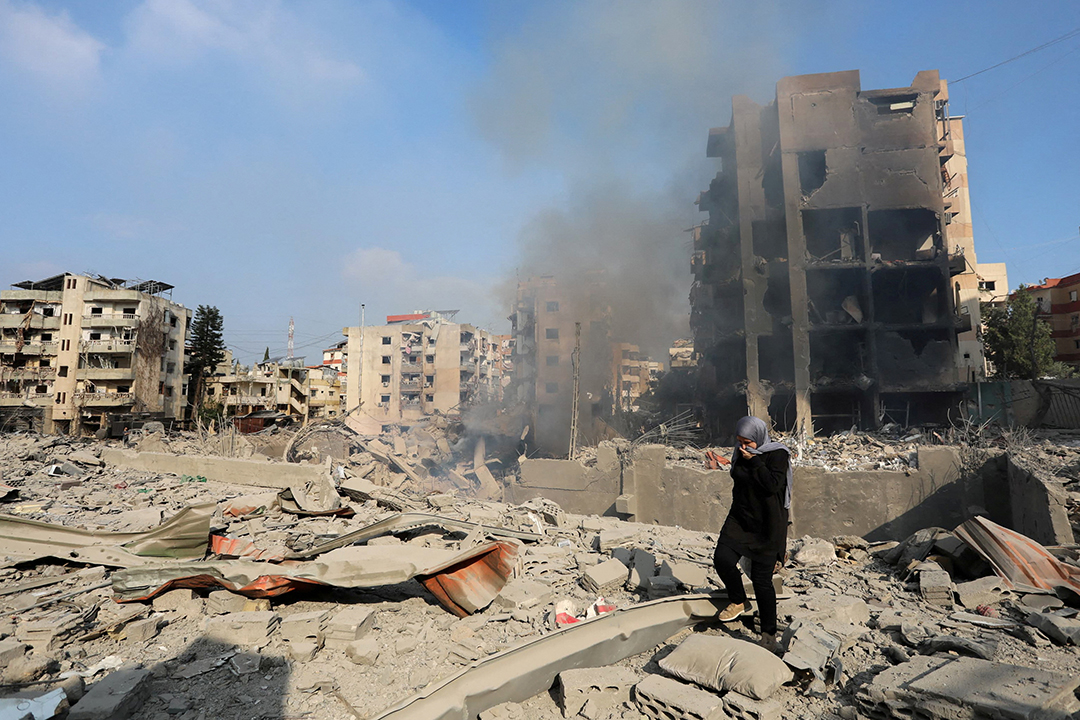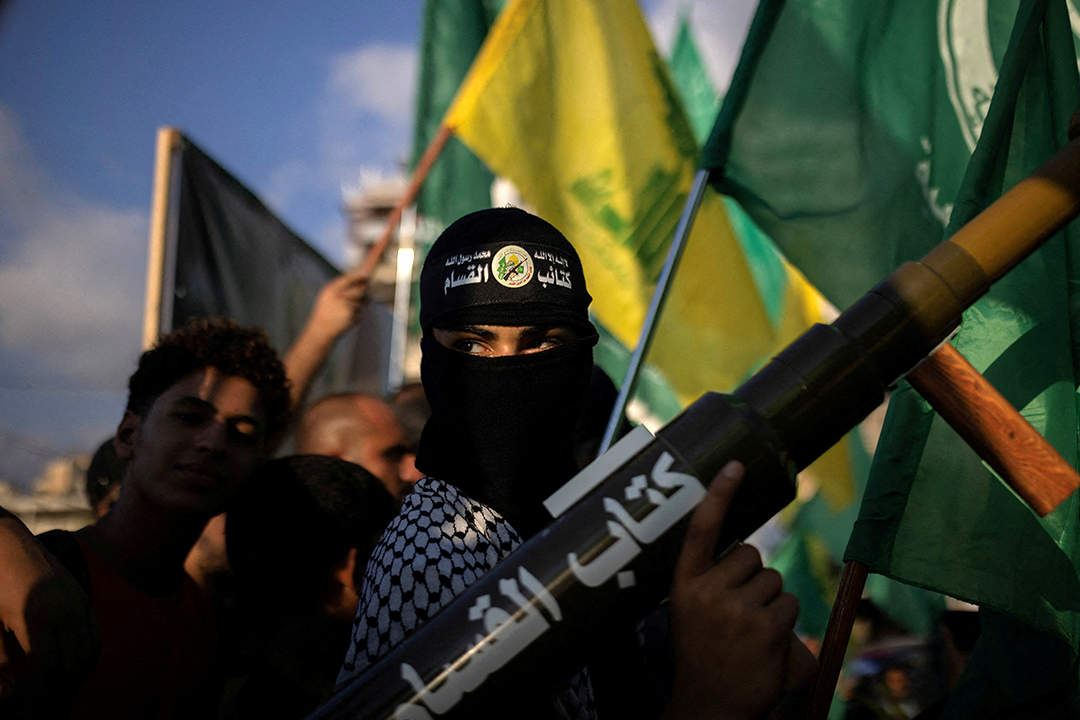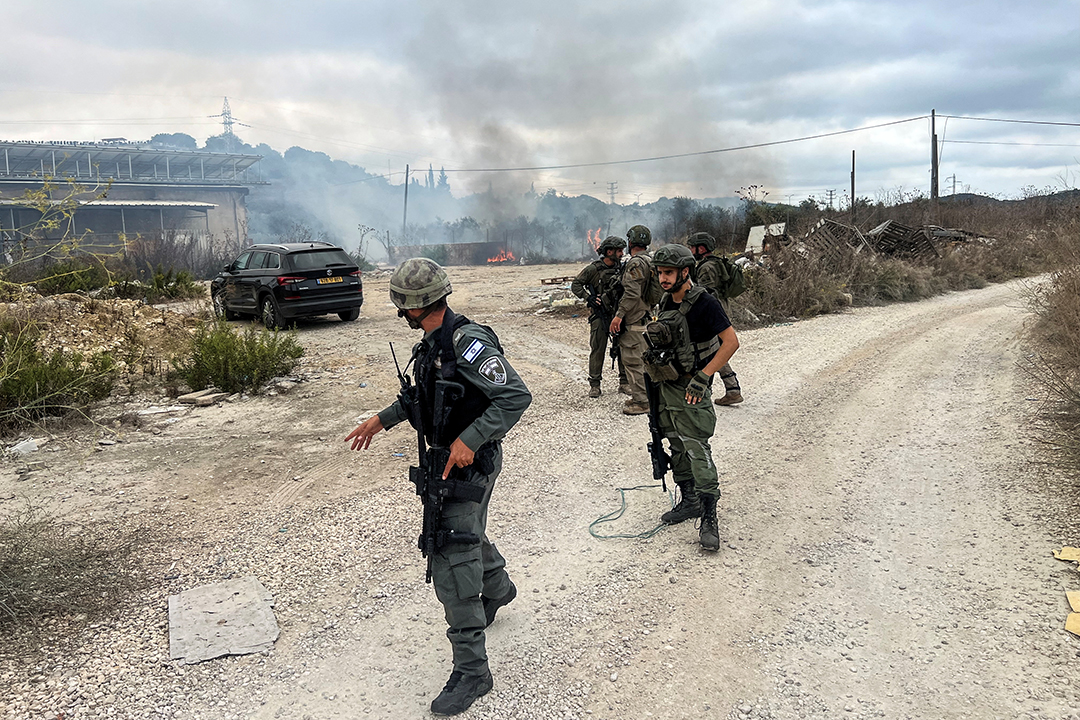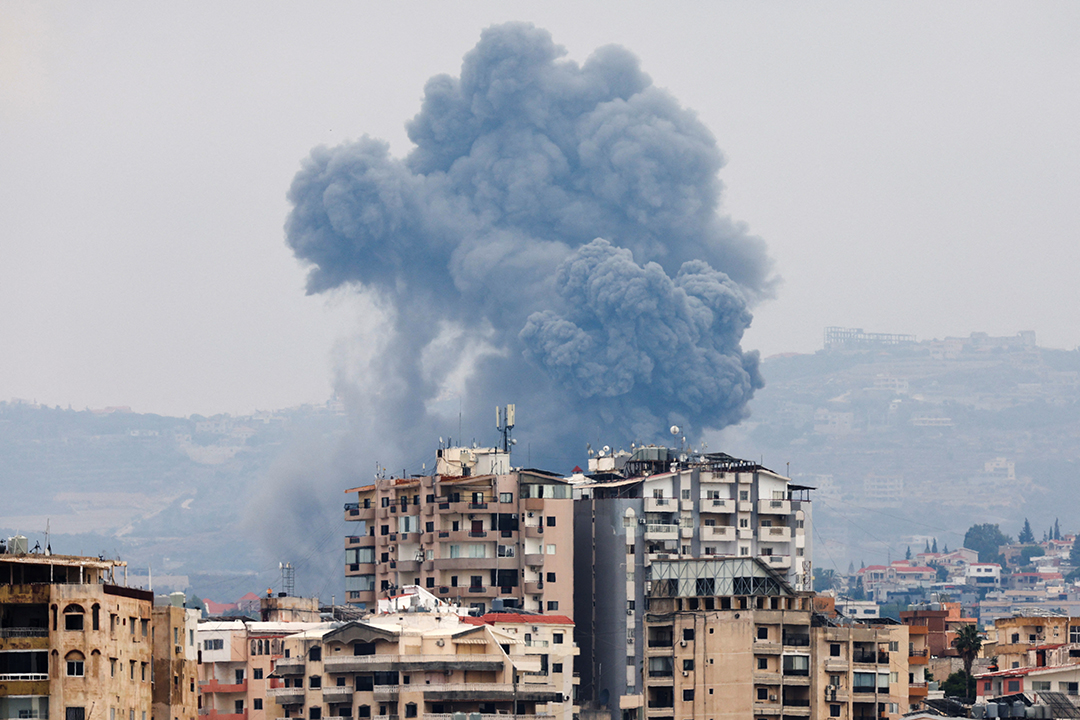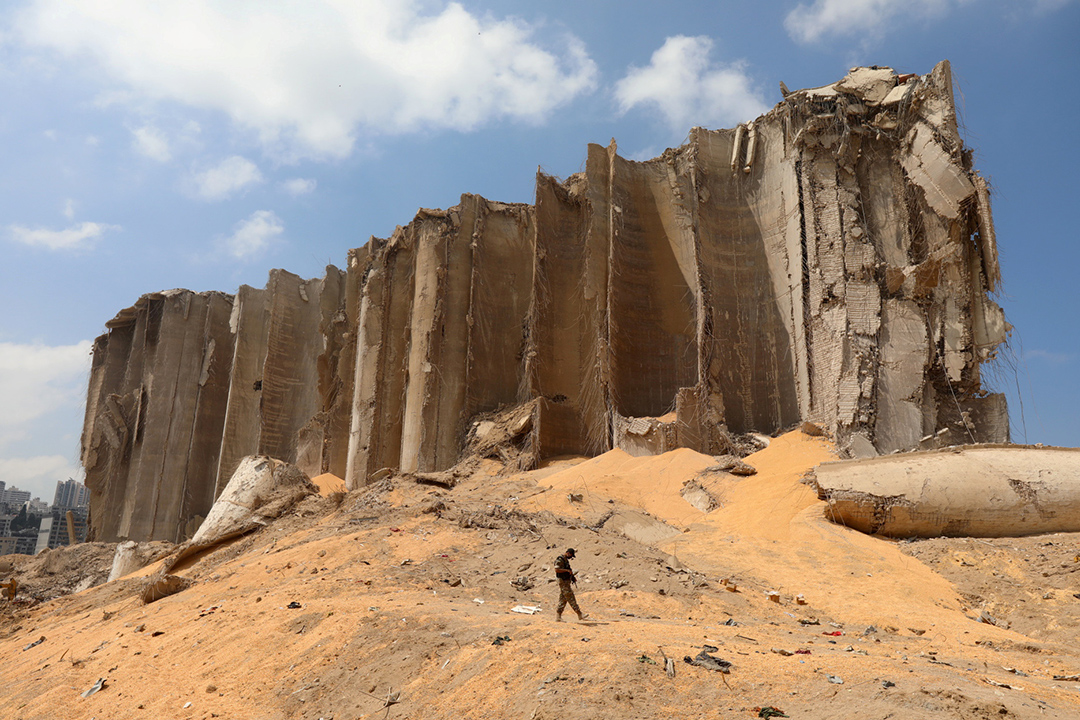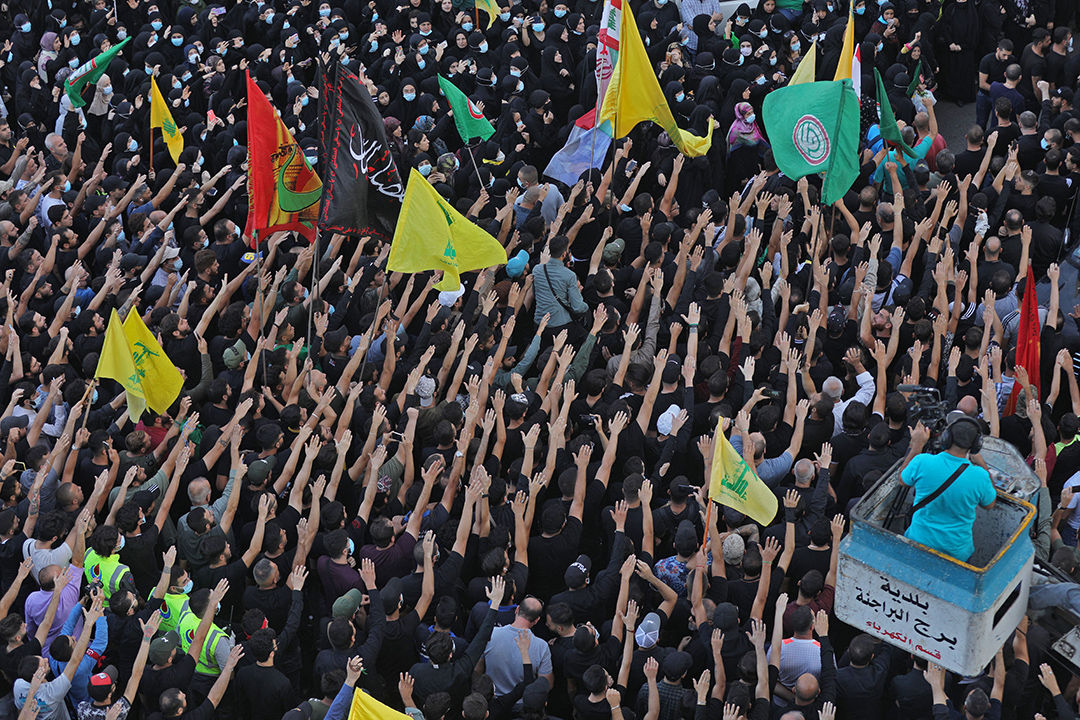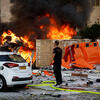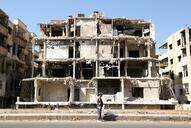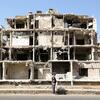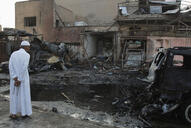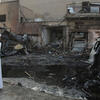In the aftermath of Hamas’ October 7, 2023, attack on Israel, Hezbollah, a U.S.-designated terrorist organization, has engaged in ongoing cross-border strikes with the Israel Defense Forces (IDF). Until September 2024, Israel-Hezbollah clashes were mostly tit-for-tat strikes. But on September 17 and 18, Israel escalated the conflict by detonating the pagers and walkie-talkies of thousands of Hezbollah members. Israel’s sabotage attack dealt a symbolic blow to Hezbollah, serving as a precursor for the September 27 assassination of leader Hassan Nasrallah, one of nearly ten Hezbollah leadership killings by Israel that month. Israel’s targeted attacks on Hezbollah senior members effectively decapitated the group’s leadership ahead of the IDF’s ground invasion of southern Lebanon on September 30. This fall, Israel’s war cabinet voted to expand its official war aims to include returning its sixty thousand displaced residents to their homes in northern Israel; now, government officials have spoken about toppling Hezbollah completely. Israel has since extended its campaign to northern Lebanon, and the UN Refugee Agency estimates that 25 percent of the country is now under Israeli evacuation orders. Meanwhile, the United Nations peacekeeping mission in Lebanon (UNIFIL) has repudiated Israel’s “deliberate” attacks against its forces.
After gaining independence in 1943, Lebanon’s new political leaders created a system of governance that would allow for the proportional representation of the country’s three major religious groups: Maronite Christians (represented by the president), Shiite Muslims (represented by the speaker of parliament), and Sunni Muslims (represented by the prime minister). However, unresolved sectarian differences eventually devolved into a civil war that lasted from 1975 to 1990, in which both Israeli and Syrian forces intervened—and more than one hundred thousand people died. Syrian forces withdrew from Lebanon in 2005 following the assassination of Lebanese Prime Minister Rafiq Hariri, but a war between Israel and Hezbollah quickly followed in 2006.
Since these hostilities, sectarian tensions between Hezbollah and other religious sects have increased, particularly among Sunnis and Maronite Christians. The unique balance of power within the country has made it increasingly difficult for all stakeholders to come to political agreements, especially when it comes to filling the presidency. In addition to a two-and-a-half-year leadership gap from 2014 to 2016, Lebanon is currently without a president after the conclusion of Michel Aoun’s contentious term in October 2022. Furthermore, Lebanese politics has become a proxy battleground for Iran, which provides support for Hezbollah; and Saudi Arabia, which backed former Prime Minister Saad Hariri and other Sunni politicians.
Lebanon’s tenuous political situation can largely be attributed to political gridlock but has also occurred because of spillover from the Syrian civil war. In addition to hosting more than 1.5 million refugees (over 800,000 of whom are Syrian), the nearly thirteen-year conflict in Syria has affected cross-border trade and dampened Lebanon’s tourism industry. In addition to the world’s third-highest ratio of debt to gross domestic product, Lebanon also maintains one of the largest refugee populations per capita.
Despite Lebanon’s dissociation policy, Hezbollah’s armed component has also been involved in the Syrian civil war and the Israeli-Palestinian conflict. This has exacerbated relations between Hezbollah and Israel along the shared (and disputed) Israel-Lebanon border and has led to increasingly hostile rhetorical exchanges between Hezbollah and Israel over Israeli air strikes in Syria. Hezbollah has allegedly supported Syrian President Bashar al-Assad since the start of the Syrian war in 2011.
In October 2019, widespread protests erupted throughout Lebanon as a result of endemic corruption and a complete stagnation of the economy. Protestors—coming from all religious sects—called for the establishment of a new political regime, which did away with the sectarian divides that had plagued the country since its independence. This rare unity among the citizens resulted in the resignation of the Cabinet of Ministers and put into motion the reshuffling of the government. However, the COVID-19 pandemic put an effective end to any change that had been culminating.
Tensions between the government and its citizens reached an all-time high once again following an explosion at the Port of Beirut in August 2020, which cost an estimated $15 billion in damages and left more than 300,000 homeless. The explosion—which many attributed to years of government negligence—reignited widespread protests and saw the entire cabinet resign, with the government staying on only in a caretaker capacity. The domestic investigation into the explosion has become a highly politicized affair as the Shia-majority political parties, Amal and Hezbollah, have moved to obstruct the investigation by shielding politicians and threatening the presiding judge.
The culmination of several factors, including widespread government corruption, the COVID-19 pandemic, and the Beirut port explosion, have led to the worst financial crisis in the small country’s history. After Prime Minister Najib Mikati announced that Lebanon would default on its Eurobond debt for the first time, the Lebanese currency began to plummet in valuation, leading to hyperinflation. In April 2023, Lebanese inflation hit a high at almost 270 percent, reducing to 254 percent in June 2023. Despite being pegged to the United States Dollar at a rate of £L1507.5 per dollar since 1997, the Lebanese pound reached a new low of more than £L100,000 per dollar in March 2023.
In 2022, the Lebanese government and the IMF came to a staff-level agreement that would provide billions in economic assistance. The deal, however, is contingent on implementing several complex economic reforms that would increase financial and political transparency in Lebanon. While the government has been slow to implement reforms, more than 80 percent of the population lives in multidimensional poverty. Following the conclusion of President Michel Aoun’s term, the government has been unable to elect a new president, leaving the country in a political and economic vacuum. In June 2023, protests aimed at banks and politicians erupted after lawmakers failed in their twelfth attempt to elect a president. As of February 2024, the presidency remains vacant, with no indication of when the seat will be filled.
In early October 2023, tensions along the Lebanon-Israel border spiked in the wake of Hamas’ attack on Israel from Gaza and Israel’s subsequent military campaign against the militant group. Though separate entities, Hezbollah and Hamas have long been united in their shared objective of armed resistance against Israel. Hezbollah not only voiced support for the attack but also fired artillery and rockets in solidarity with Palestinians across Israel’s northern border, raising fears that another front would be opened leading to a broader conflict in the Middle East. Within the first few days of the war, at least three of Hezbollah’s members were killed during an Israeli bombardment of southern Lebanon.”
To send a message of deterrence to Iran and Hezbollah, the United States quickly deployed two of the Navy's most powerful carrier strike groups to the eastern Mediterranean Sea. Despite its posturing, the Biden administration made it clear that the carriers and their accompanying weaponry were not there to engage in combat activities on behalf of Israel. This move by the United States did little to deter Hezbollah – in November 2023, the party’s leader, Sayyed Hassan Nasrallah, pledged that the front against its enemy would remain indefinitely active.
As of February 2024, fighting between Hezbollah and the Israeli military along the southern Lebanese border continues to escalate, having displaced over 90,000 individuals from south Lebanon. Since October 7, 2023, more than 1,700 rockets have been fired from Lebanon toward Israel, killing 15 Israelis, and injuring more than 150 people, according to the Israeli military. Approximately 158 Lebanese people have been killed in the ongoing violence including at least 25 civilians, and 686 people have been wounded. On October 13, a Reuters journalist was killed and six other journalists were wounded in shelling by Israeli forces while they were reporting at the border. Fueled by concerns about journalists being potentially targeted in Gaza and south Lebanon, human rights organizations have called for an investigation into the attack. On November 5, an Israeli air strike on a car between the southern Lebanese villages of Aynata and Aitaroun killed three girls between the ages of ten and fourteen and their grandmother, sparking outrage throughout the country.
On January 2, 2024, Israel launched a drone strike on a Hamas office in Dahiyeb, a southern suburb of Beirut, killing seven people. Though the Israeli military and intelligence service have historically conducted assassinations on Palestinian leaders in Lebanon, this strike was the first in the country’s capital since 2006. Among those killed were Saleh al-Arouri, the deputy chief of the Hamas political bureau, and two senior commanders of the Qassam Brigades. In response, Hezbollah’s Nasrallah pledged to retaliate, while Lebanon filed a complaint to the United Nations Security Council over the assassination. As of February 2024, the border remains volatile, with near-daily exchanges of fire, driving fears of regional spillover of the Gaza conflict.
